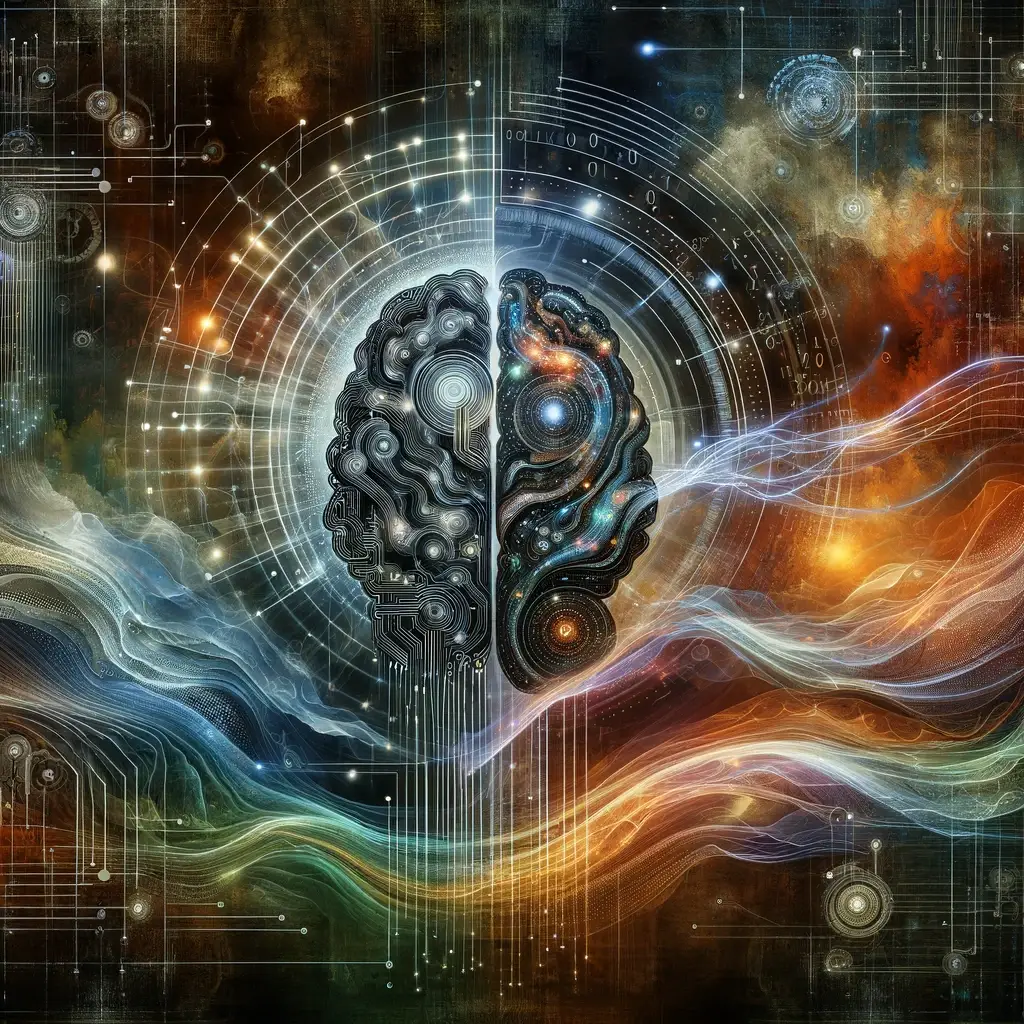Let’s not underestimate Digital Transformations…
As digital advancements continue their collision with human viewpoints, the prevailing concept of digital transformation underestimates the scope of the transformation. People speculate on the date when artificial “intelligence” (AI) will progress from machines to sentient beings. That advancement to sentience will happen if/when machines are able to be conscious…i.e., when machines can perceive and feel.
The path to Sentience…
Clearly, machine advancement to sentience will transcend mere technology upgrades.
Clearly, no human being has any knowledge of how sentience comes to be.
The emergence of sentience is one of life’s two most profound mysteries.
The emergence of sentience is a multidisciplinary puzzle that spans from enormous volumes of neuronal events to the philosophical depths of subjective experiences. As research in neuroscience, cognitive science, and other sciences advance, our understanding of how sentience comes to be will continue to grow.
While it’s not a unanimous consensus, many humans believe AI will help humans improve our understanding of the operation of our human brains and this will lead to understanding sentience.
To help humans advance their understanding of their brains, AI will process and analyze vast amounts of complex neurological data at speeds far beyond the limits of human capabilities. This will enable the identification of intricate patterns and connections within human brains that have been invisible under human analysis. AI’s capability to simulate neural networks and cognitive processes offers a unique platform to test and refine theories about brain functions and consciousness, thus providing insights that are difficult to obtain through traditional research methods.
There’s no question –
AI’s ever-advancing computational power and precision in modeling complex systems make it an invaluable tool for exploration of how human brains function.
Will AI bring an understanding of Sentience?
Will advanced studies and simulations of human brain operations solve the mystery of sentience?
None of us can provide a definitive answer to that question. We can speculate. Many have speculated. Ray Kurzweil’s book ‘The Singularity is Near’, published in 2005, outlines his prediction of the singularity, a future point [2040’s] when technological growth could become uncontrollable and irreversible, resulting in unfathomable changes to human civilization.
While the singularity is not here yet, there has been exponential technological advancement since Kurzweil presented his predictions in 2005. Also, AI has experienced exponential advancements during the past few years and experts predict continued exponential trends.
Conclusion…
There is no conclusion at this time; there is speculation.
Machines surpass humans in data processing capabilities. However, we must remember it’s humans who design and construct the machines, software, and the entire supporting infrastructure that enables the machines to function, including supplying the necessary electricity. But, today’s machines outperform not just many aspects of human bodies but also many aspects of human brains. This is new territory, new paradigm.
Human-developed sciences still fall far short in unraveling the mystery of how our sentience emerged. If machines are to achieve sentience, they must either decipher and emulate the paths humans [unknowingly] took to attain consciousness or create entirely new paths to sentience. These pursuits underscore a profound intersection of technology and existential questions, where artificial “intelligence” might not just mirror human intelligence but might also expand our understanding of consciousness itself.

